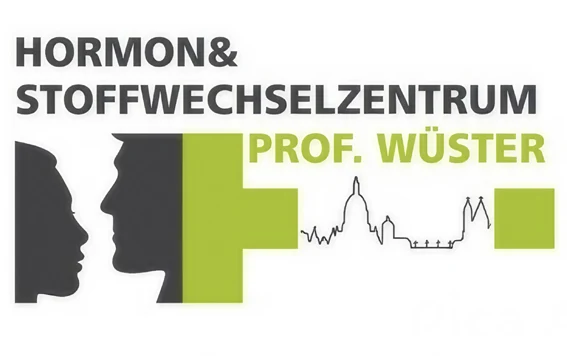Osteoporose – was Patienten in Trier wissen sollten
Facharzt für die Region Trier informiert zum Thema Osteoporose
TRIER. It is often only diagnosed once bone fractures have occurred: osteoporosis is a skeletal disease and is one of the most common diseases in old age. More than 200 million people worldwide are affected by osteoporosis. Prof Dr med Dr h.c. Christian Wüster from the Hormone and Metabolism Centre is an endocrinologist with a catchment area in Trier. He emphasises that patients with osteoporosis are often under- or mistreated because the disease is often only recognised at an advanced stage. He recommends targeted osteoporosis prophylaxis for patients. This should be carried out from the menopause onwards for women and from the age of 60 for men. But what exactly is osteoporosis?
Specialist for the animal region: Type of fall and fracture indicates osteoporosis
There are different definitions for the clinical picture of osteoporosis. According to the ‘National Institute of Health Consensus Development Pendulum on Osteoporosis’, the risk of fracture is at the centre of the diagnosis. Because osteoporosis leads to a systematic decrease in bone mass and bone density, this results in an increased risk of fracture, which can be quantified using certain examination methods such as DXA X-ray absorptiometry.
‘If medication and lifestyle changes are not taken early, osteoporosis can lead to altered bone structures and typically to vertebral body fractures or a femoral neck fracture. An indication of a fracture caused by osteoporosis is the type of fall. If the bone breaks after a fall from a standing position or from a low height, this may indicate osteoporosis,’ explains Prof Wüster.
No standard osteoporosis therapy for patients from Trier at the Hormone and Metabolism Centre
Because osteoporosis is asymptomatic for a long time, the importance of prevention is particularly high, explains Prof Wüster. As an endocrinologist, he also treats patients from the Trier area who have been diagnosed with osteoporosis and helps to confirm the diagnosis if the family doctor treating them suspects osteoporosis. He uses modern, low-radiation measurement technology based on the DXA method at the Hormone and Metabolism Centre. ‘Osteoporosis treatment is always individualised and not a one-size-fits-all approach,’ explains the specialist for the Trier region.

